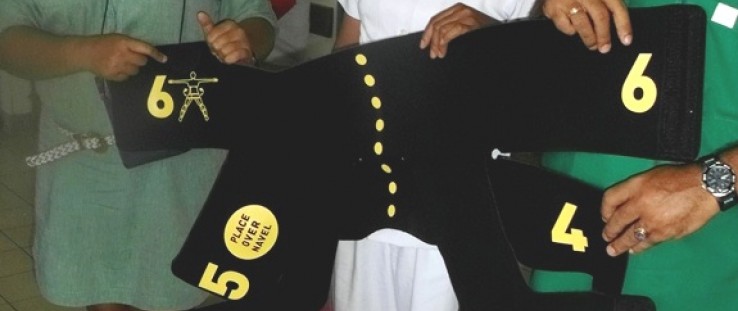 The non-pneumatic anti-shock garment compresses the abdomen and lower part of the body so blood can circulate to vital organs. Pictured: the top half of the garment.
Tarcisio Amaral
The non-pneumatic anti-shock garment compresses the abdomen and lower part of the body so blood can circulate to vital organs. Pictured: the top half of the garment.
Tarcisio Amaral
 The non-pneumatic anti-shock garment compresses the abdomen and lower part of the body so blood can circulate to vital organs. Pictured: the top half of the garment.
Tarcisio Amaral
The non-pneumatic anti-shock garment compresses the abdomen and lower part of the body so blood can circulate to vital organs. Pictured: the top half of the garment.
Tarcisio Amaral
Timor-Leste has one of the highest maternal mortality rates in the Southeast Asia and Pacific region—557 deaths per 100,000 live births. Nearly 50 percent of all maternal deaths in the country are caused by postpartum hemorrhage, which, if left untreated, leads to shock and death in about two hours. Many Timorese women die before receiving lifesaving treatment.
Joana*, a healthy, 19-year-old woman, had successfully given birth once before, yet she almost became one of these statistics.
Just minutes after delivering her second son at Oecusse Referral Hospital in western Timor-Leste, Joana started to bleed heavily due to an extremely dangerous complication that occurs when the uterus fails to contract following delivery. Joana’s midwife, Francisca de Sousa, began uterine massage to stop the bleeding, while another health worker called the obstetrician, Dr. Humberto Velasquez Romero.
“When I arrived, the patient had already lost a lot of blood, despite intensive uterine massage by the midwife,” said Romero. “She was becoming unconscious. Within a short period of time, a woman with this condition can bleed to death.”
Fortunately, Oecusse Referral Hospital is affiliated with USAID’s Health Improvement Project, which supported the introduction of the innovative non-pneumatic anti-shock garment (NASG) at the request of the Timorese Ministry of Health to save mothers’ lives.
The NASG is a lightweight, neoprene garment that resembles the bottom half of a wet suit. It is made up of five segments that close tightly with Velcro.
By compressing the lower part of the body and abdomen so that blood can circulate to vital organs, the garment provides up to 48 hours of stability during delays, including prolonged transportation to reach help. Within two to five minutes of application, most patients with severe shock regain consciousness, and vital signs begin to stabilize.
The NASG buys time for treatment for women with postpartum hemorrhage by slowing excessive bleeding, preventing hypovolemic shock and stabilizing a mother for safe transport so she can reach an appropriate health facility for proper care.
The NASG—a low technology first-aid device—was recommended by the World Health Organization to help reduce maternal mortality in settings where emergency care is not immediately available, and the U.N. Secretary General named it one of 10 Breakthrough Innovations That Can Save Women and Children Now.
Joana recalled the intensity of her near-death incident and the comfort she felt after waking up in the NASG: “All I remember right after my son was born was an emergency situation around me. Then my vision became blurred, and I thought I was dying. I woke up inside the NASG and felt secure. I felt I was in good hands and close to my baby.”
Joana is only one of many Timorese women whose lives have been spared because of this medical device.
Since the NASG was distributed to selected health facilities in four municipalities last October, the device has been used to save 27 women suffering from postpartum hemorrhage. After trained health workers applied the NASGs, all of the women were stabilized, transferred to appropriate health facilities for treatment and ultimately discharged with no further complications.
“By providing more time to manage postpartum hemorrhage cases, the introduction of the NASG is allowing health facility personnel to apply the standards they learned during safe and clean delivery and basic emergency obstetric care training,” said Antonia Mesquita, the Health Improvement Project’s senior midwife. “This contributes to building health personnel’s capacity to deliver quality services. In addition, the NASG ensures the time needed to transfer cases from remote areas to higher level facilities according to the Ministry of Health’s referral protocol.”
USAID’s Health Improvement Project, which began in 2011 and ends this year, is working with the Ministry of Health and the National Health Institute to scale up use of the NASG in rural health posts and community health centers as well as in the national hospital and ambulance service. The project has trained health personnel on NASG application, patient stabilization and transfer, and removal and cleaning of the device.
Training is accompanied with the delivery of postpartum hemorrhage kits, which include the NASG and necessary medical supplies supplied by the Ministry of Health. With proper cleaning and additional supplies, each USAID-funded garment may be used to save up to 50 lives.
“The introduction of the NASG in Timor-Leste is very promising; 27 women have been saved thus far,” said John Seong, USAID’s mission director in Timor-Leste. “Studies conducted in Egypt and Nigeria predict that widespread use of the NASG in Timor-Leste has the potential to reduce maternal mortality due to postpartum hemorrhage by 45 percent.”
Due to the potential of this lifesaving device, Development Innovation Ventures, part of USAID’s U.S. Global Development Lab, awarded an additional $400,000 to support scale-up in Timor-Leste. This new funding is allowing USAID to assist the Ministry of Health in the rollout of the device to additional municipalities.
“I Knew I Was Going to Survive”
Maria*, a 35-year-old mother of five from Sakato village in western Timor-Leste, is another of the women saved with the NASG. Like most women in the municipality of Oecusse, Maria delivered her first four children at home with the assistance of a traditional birth attendant. She never experienced complications before, during or after delivery. Unfortunately, Maria’s latest pregnancy did not go as well. Her delivery was followed by a retained placenta—a very serious birth complication where part of the placenta remains inside of the uterus and causes heavy bleeding.
The local health post had informed Maria’s family that heavy bleeding during birth would require the assistance of medical professionals. So when the hemorrhaging would not stop, they called the Oecusse Referral Hospital’s ambulance service. A few minutes after the call, Maria went into shock.
After arriving at the hospital, Maria met Romero and midwife Elizabeth Barreto. “When I saw Maria unconscious and the amount of blood on the sheet around her, I knew she couldn’t be saved if bleeding was not stopped,” Romero said.
Due to Maria’s condition—heavy blood loss and life-threatening vital signs—Romero applied the garment. “Only the NASG could give me enough time to keep her alive until I treated her and got the blood supply she needed,” he said.
It took only a few minutes for Maria to stop bleeding and recover from shock. Romero then provided the appropriate treatment for a retained placenta, and Maria recovered within a few hours.
“When I woke up, I was dressed with this garment. I felt safer. I knew I was going to survive,” Maria said later.
Barreto said that her patient would not have survived without the NASG. “The NASG gave us the time we needed to treat Maria,” she said. “In the condition she was in when we received her, she could have passed away without the NASG.”
*Patients’ names changed to protect identities.







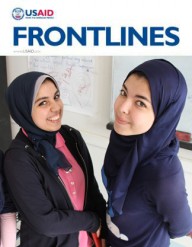

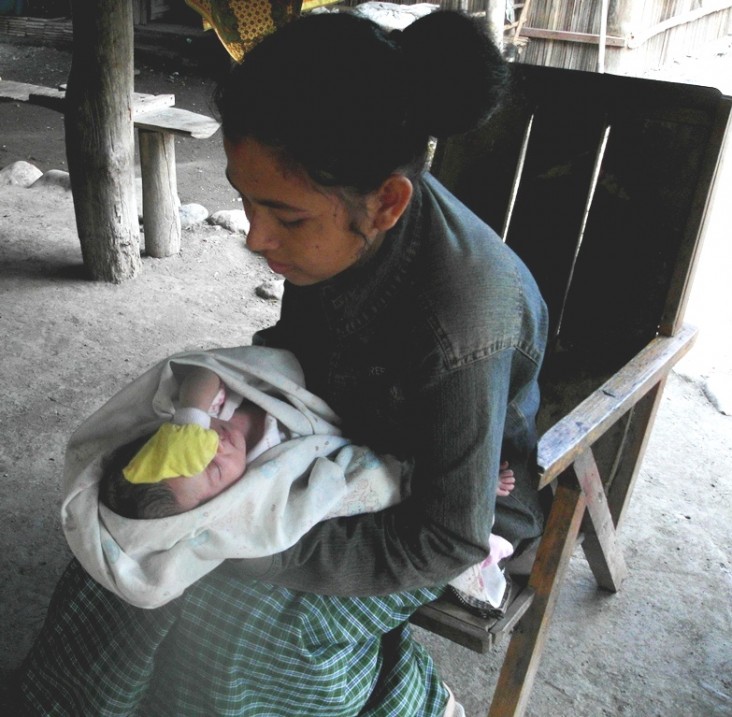
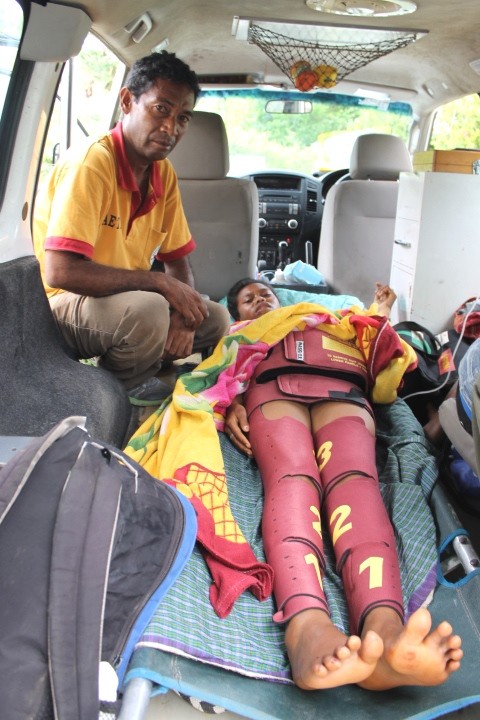
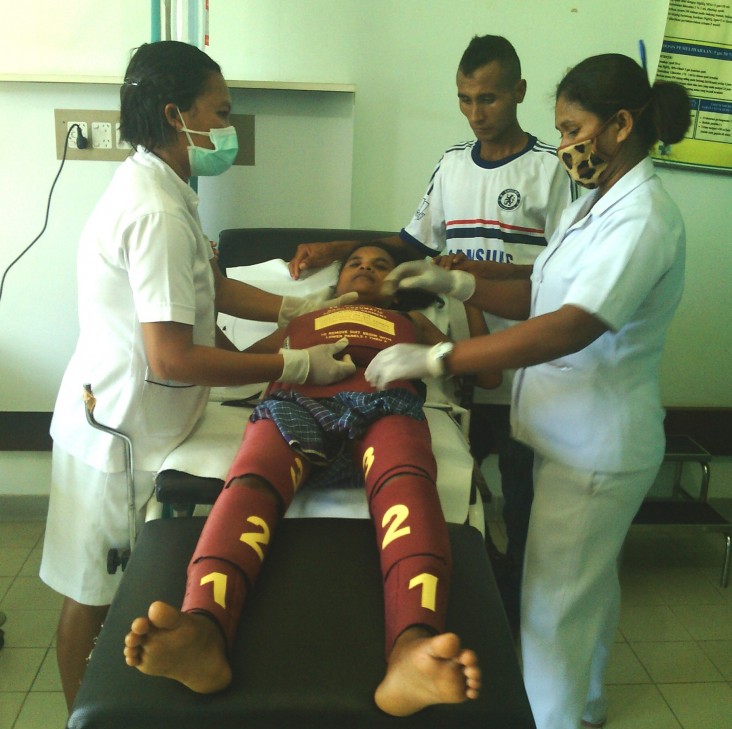
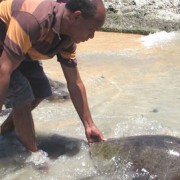
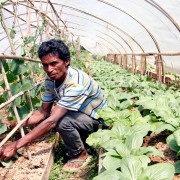
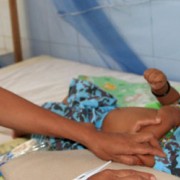
Comment
Make a general inquiry or suggest an improvement.